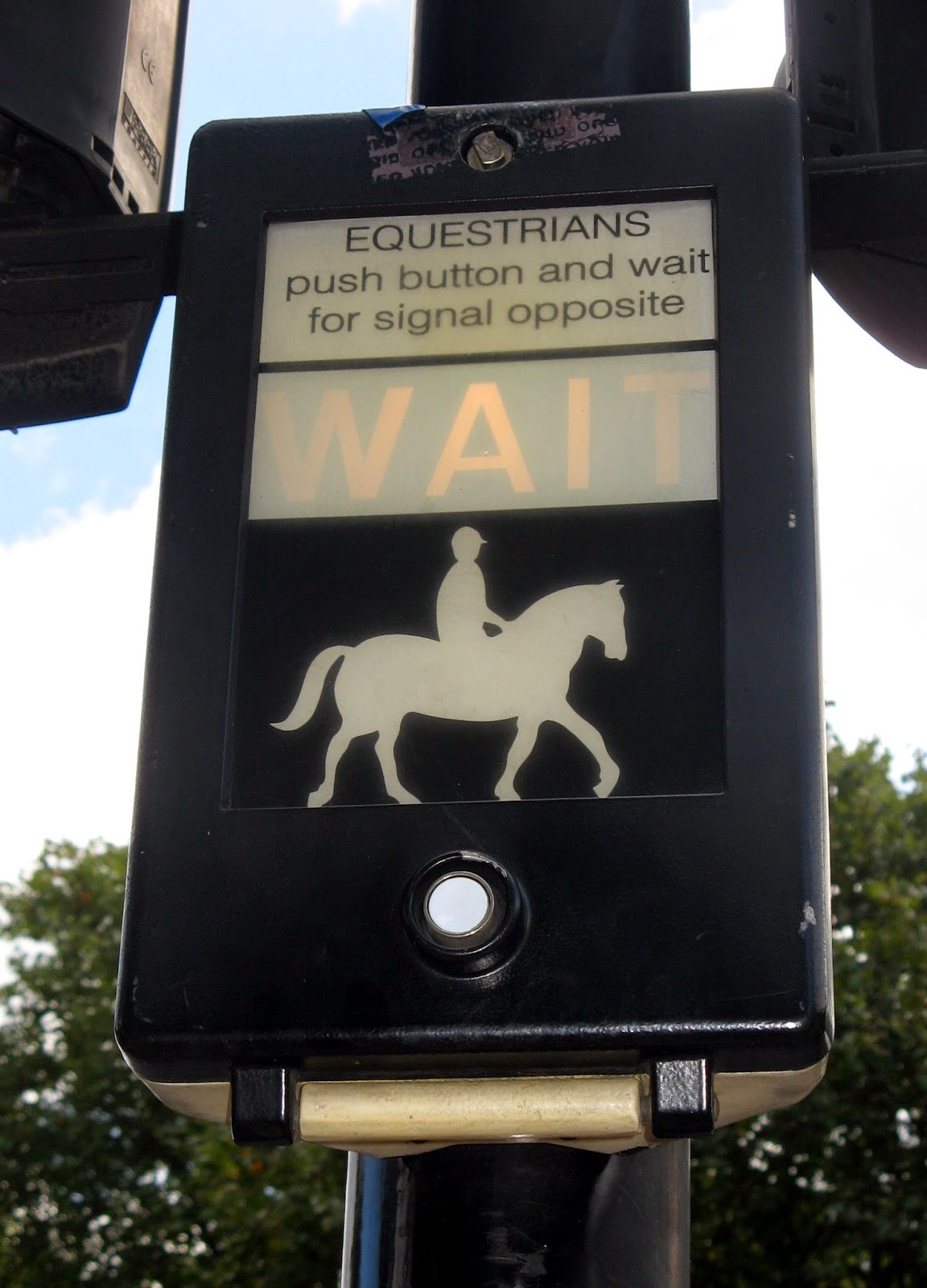Perverts, Morons, and Screwballs - Teenage Language in The Catcher in the Rye
In his essay “Text Building, Epistemology, and Aesthetics in Javanese Shadow Theatre,” Professor A. L. Becker says that "an artist whose intent is self-expression creates and develops his own text, his own mythology, so far as he can and still communicate." (46)
 Like the artist described by Becker, Holden Caulfield, the autobiographical narrator of J.D. Salinger’s novel, The Catcher in the Rye, constructs his own text. Disillusioned and misunderstood, he develops and uses an idiosyncratic language system to disassociate himself from the constraints of his social class and withdraw from society. This post, one of a series, begins to reveal how Holden’s authentic style captures the depth of his personality and demonstrates his disparity with an environment he perceives as full of “perverts, morons, and screwballs” (54) .
Like the artist described by Becker, Holden Caulfield, the autobiographical narrator of J.D. Salinger’s novel, The Catcher in the Rye, constructs his own text. Disillusioned and misunderstood, he develops and uses an idiosyncratic language system to disassociate himself from the constraints of his social class and withdraw from society. This post, one of a series, begins to reveal how Holden’s authentic style captures the depth of his personality and demonstrates his disparity with an environment he perceives as full of “perverts, morons, and screwballs” (54) .Holden an adolescent who avoids real communication
While communities bind together psychologically and physically via the dynamics of spoken language, Holden, contrarily, wishes to become a “deaf-mute” to avoid “goddam, stupid, useless conversations” (178-9). His need to be silent represents his psychological incongruity with society which increases on account of his physical reluctance to communicate, best illustrated when he “flunk[s] Oral Expression” (164), engages in ‘monologues’ with his dead brother (89), and confesses to his old History teacher that “[he] ha[sn’t] communicated with [his parents]” (8).
In an attempt to establish a dialogue, he uses a manufactured appliance, namely the telephone. Out of fifteen attempted phone calls, only four result in an actual conversation; most of the time, Holden stands in the phone booth and “end[s] up not calling anybody” (53). Likewise, he avoids vocabulary associated with communication and instead employs colloquialisms such as “give somebody a buzz”(53) and “chew the rag” (23).
Holden the teenager tells lies
 Holden continues to show his unwillingness to engage in conversation by admitting to being “a terrific liar” (14). By telling lies he disregards what David Crystal in The Cambridge Encyclopaedia of Language, 1997, refers to as the ‘maxim of quality’ that is, the contribution to a conversation ought to be true.
Holden continues to show his unwillingness to engage in conversation by admitting to being “a terrific liar” (14). By telling lies he disregards what David Crystal in The Cambridge Encyclopaedia of Language, 1997, refers to as the ‘maxim of quality’ that is, the contribution to a conversation ought to be true.Blatantly “shoot[ing] the bull” (11) and “chucking the crap around” (50), instead of joining in meaningful intercourse alerts the reader to his disillusionment with ritual discourse as a means of true communication and emphasises his wish to “be through having conversations for the rest of [his] life” (178-9). Such a statement conveys Holden’s doubt that language serves as a useful means of interaction in the social climate that encircles him.
Holden as a writer
Instead of conversation, Holden chooses to express himself through writing. Written words and telephones constitute devices that force distance between Holden and the recipient, and help him avoid personal interaction. Thus, the written genre grants him a voice, which, albeit distant, allows him to communicate through space and time.
Ironically, written language is usually more formal and restrictive than spoken language. However, Holden’s unique, informal approach infringes the rules that govern style and composition and therefore, resembling his spoken language his writing also transgresses the boundaries of convention.
In as much as Holden's chosen method of communication symbolically removes him from the social-cultural customs he abhors, at the same time it highlights his resistance to and disregard of social norms.
Sources:
Becker, A. L. “Text Building, Epistemology, and Aesthetics in Javanese Shadow Theatre.” Beyond Translation. Ann Arbor: University of Michigan Press, 1995. 17-35.
Crystal, David. The Cambridge Encyclopaedia of Language, Second Edition. Cambridge, 1997.
Salinger, J.D. The Catcher in the Rye. London, England: Penguin Books, 1994.
Adaptation of an article first published, Feb 21, 2011, by Lesley Lanir on Suite101.com
Copyright Lesley Lanir. Contact the author to obtain permission for republication.




Comments
Post a Comment